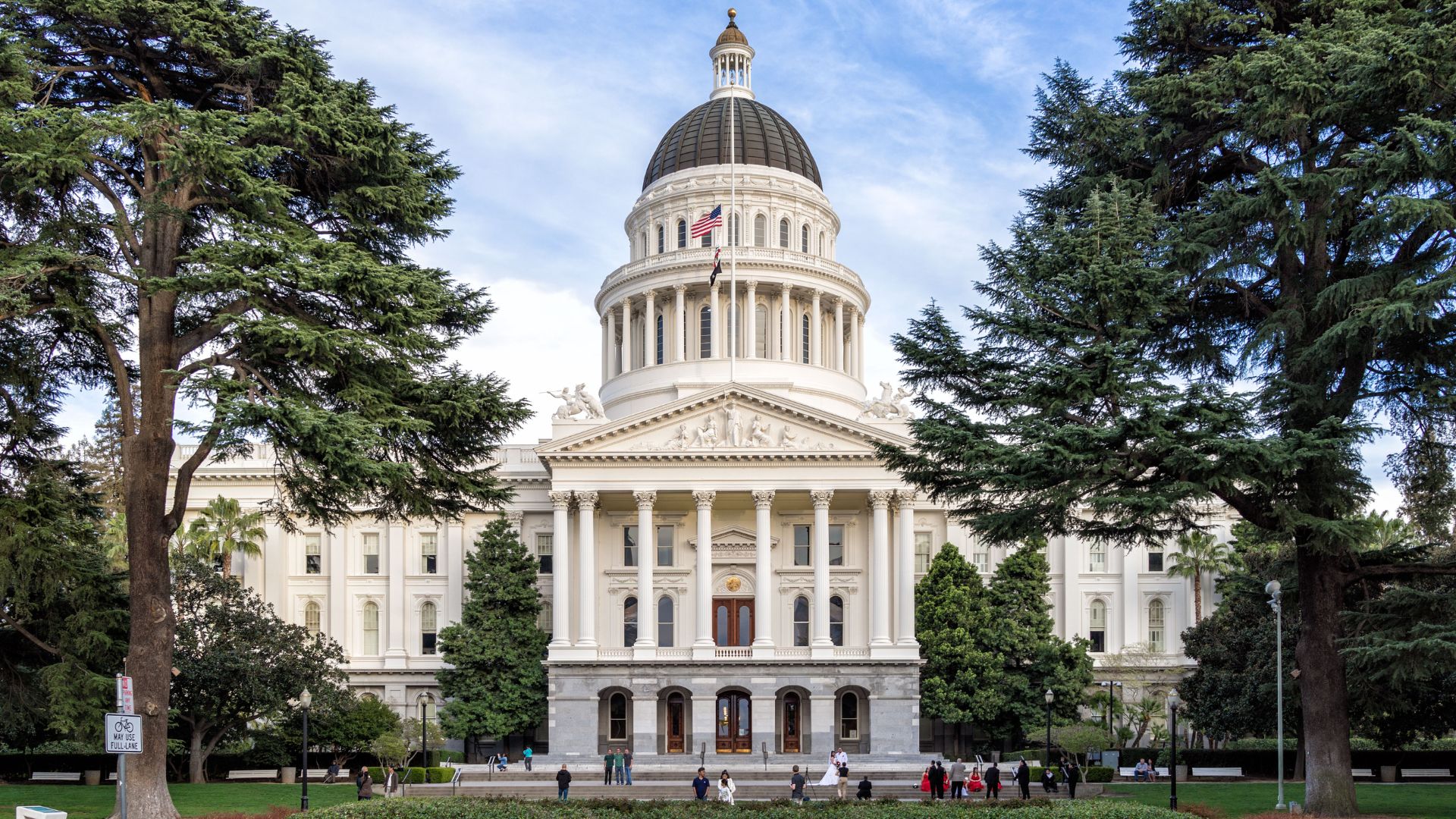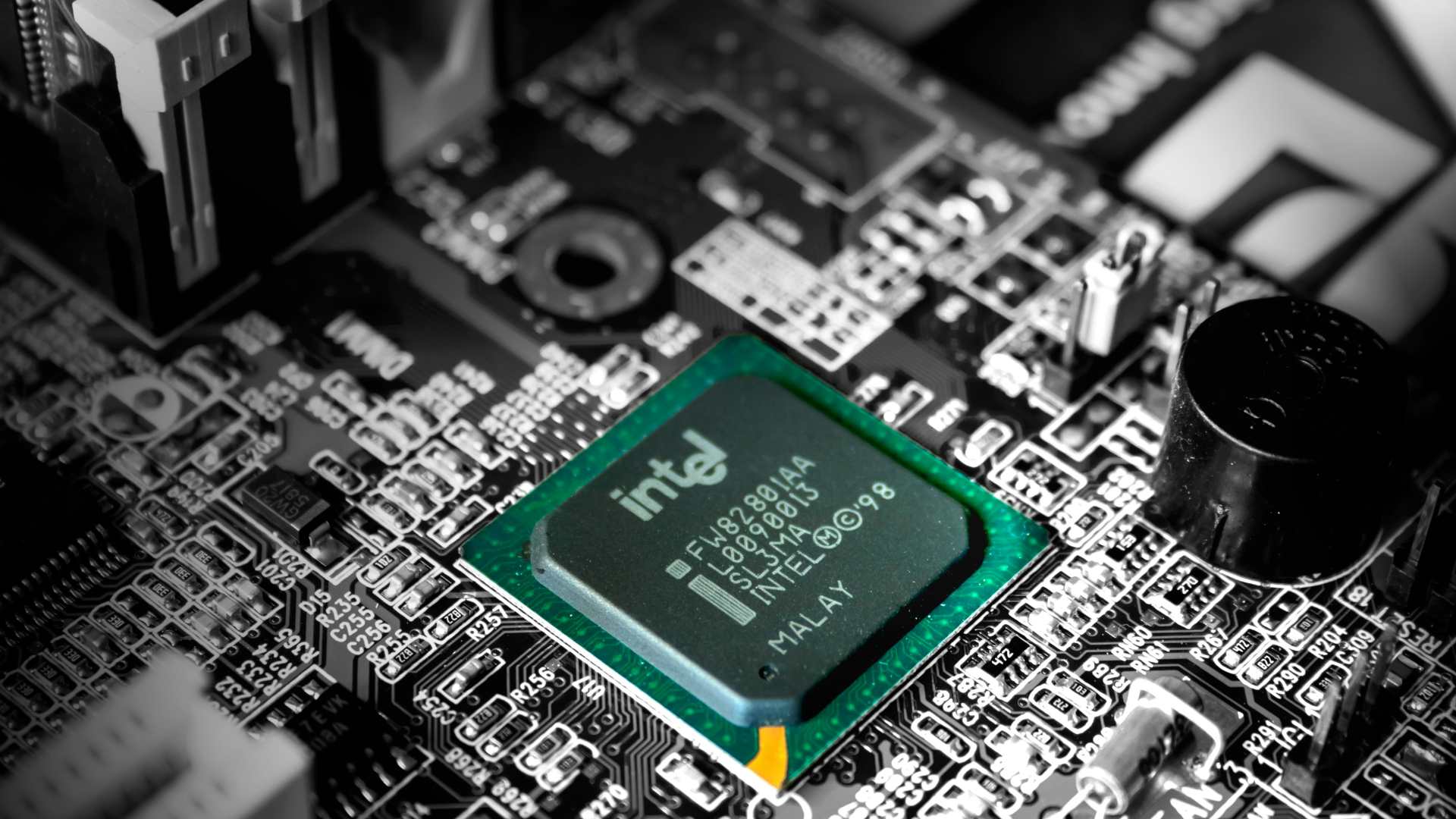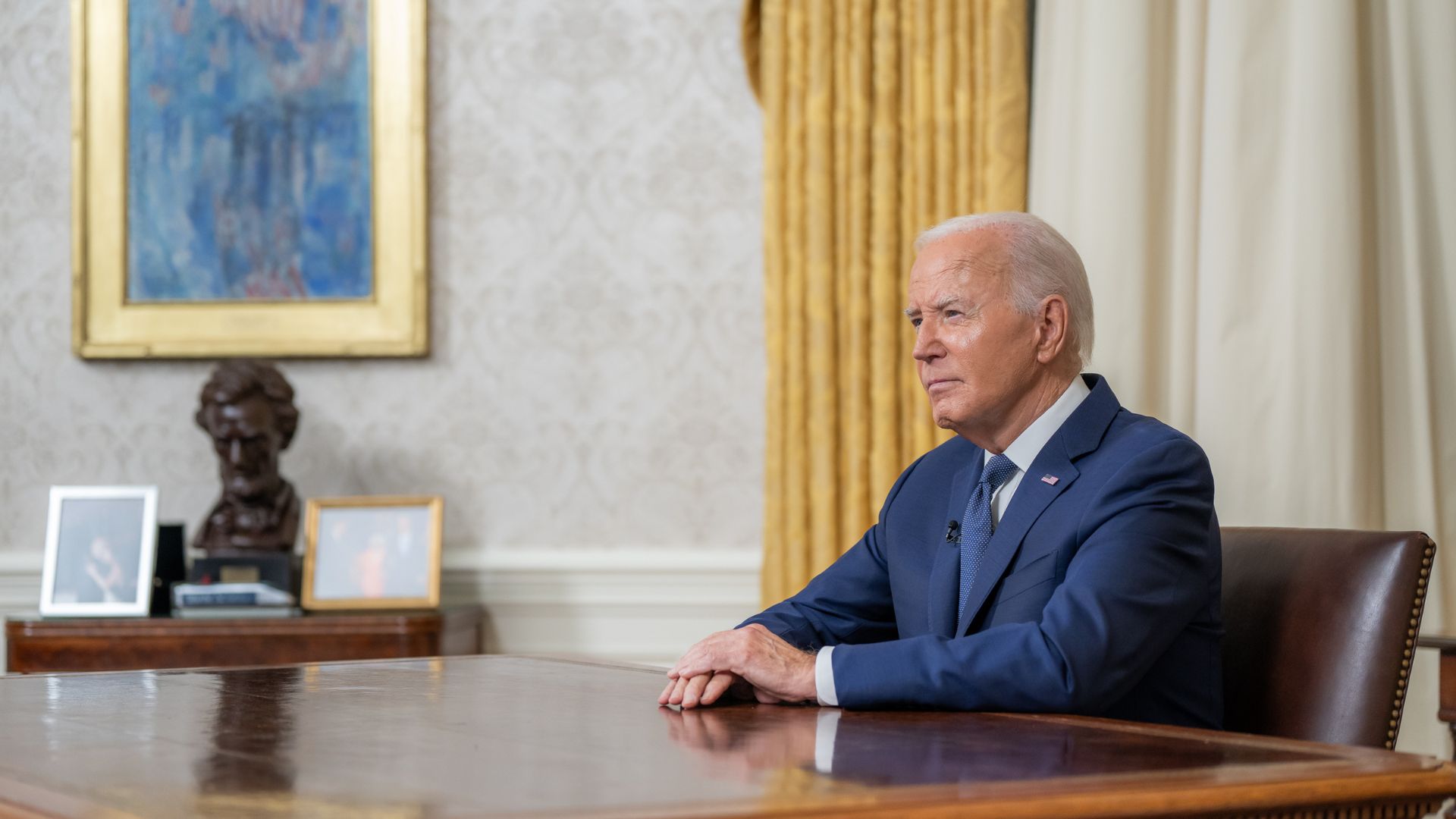Bay Area tech giant Intel published an announcement on its website on Thursday in the wake of disappointing Q2 earnings results.
The announcement was an internal email, delivering the rough news that 15,000 employees would now be cut loose in an attempt to save costs and chart a new approach for the company.
Intel Announcment

Published publicly on August 1, an internal email by Intel CEO Pat Gelsinger delivered the news that the firings would happen by the end of the year.
“We have moved our All Company Meeting to today, following our earnings call, as we are announcing significant actions to reduce our costs,” wrote Gelsinger. “We plan to deliver $10 billion in cost savings in 2025, and this includes reducing our head count by roughly 15,000 roles, or 15% of our workforce. The majority of these actions will be completed by the end of this year.”
Hard Day

Gelsinger in his note didn’t mince words and expressed the difficulty he had in making the decision.
“This is painful news for me to share. I know it will be even more difficult for you to read,” wrote Gelsinger. “This is an incredibly hard day for Intel as we are making some of the most consequential changes in our company’s history.”
Why the Layoffs?

In the employee letter, Gelsinger alluded to a new way forward that means the company’s operating model has to change at its foundation.
“Simply put, we must align our cost structure with our new operating model and fundamentally change the way we operate,” Gelsinger said.
Q2 Earnings

Geslinger references Intel’s recent Q2 earnings report, which painted a bleak picture for the company in the second half of 2024.
“Our Q2 financial performance was disappointing, even as we hit key product and process technology milestones. Second-half trends are more challenging than we previously expected, said Gelsinger.
Revenue and Cost

In his email to the team, Gelsinger blamed the new measures on a lack of revenue growth, costs being too high, and low margins.
He also was disappointed that the company has not been able to “fully benefit” from trends in the tech space like AI.
Saving Cash

While the move to lay off 15% of the company’s workers to help save costs was described as “the hardest thing” Geisinger has had to do in his career, it’s unclear if the CEO himself will be receiving any form of pay cut.
Reportedly, Gelsinger made around $16.9 million in 2023 while the median pay of an Intel employee was $100,000.
Rolling Out Layoffs

In the announcement, Gelsinger did not go into too many specifics about how the layoffs will be carried out.
However, the email did mention an “enhanced retirement offering” for some employees as well as an “application program for voluntary departures.”
State Requirements

According to SFGate, Intel has not yet filed a WARN notice that is required in the state of California when the company undergoes mass layoffs.
While Intel is based in Santa Clara, California, the tech giant also operates in several different states across the US.
Reaction to Layoffs

Some commenters were not persuaded by the CEO’s words of empathy, finding his willingness to sacrifice others for the company’s shortcomings as mock-worthy.
“Your lay off is a sacrifice I’m willing to make” -Intel CEO,” said one commenter.
Company Subsidies

Other commenters were angry that the company was doing such massive layoffs despite also being subsidized by the government.
“The layoffs are shedding 1,000x more cost than the CEOs pay. Honestly, $16 million isn’t that wild as far as CEO compensation goes,” said one commenter. “People should be more upset about the fact that Intel got billions in subsidies and then did this. The CEO pay is a drop in the bucket.”
Intel Subsidies

Earlier this year, the Biden administration awarded Intel $8.5 billion in government subsidies and promised the company an additional $11 billion in loans to finance expanding its semiconductor factories. The US government has attempted to prop up Intel as countries around the world race to put out the most advanced chips to remain on the cutting edge of critical and emerging technologies like AI. Intel has been demanding even more subsidies to increase its domestic manufacturing.
“It took us three-plus decades to lose this industry,” Gelsinger told reporters at the time. “It’s not going to come back in three to five years.”
